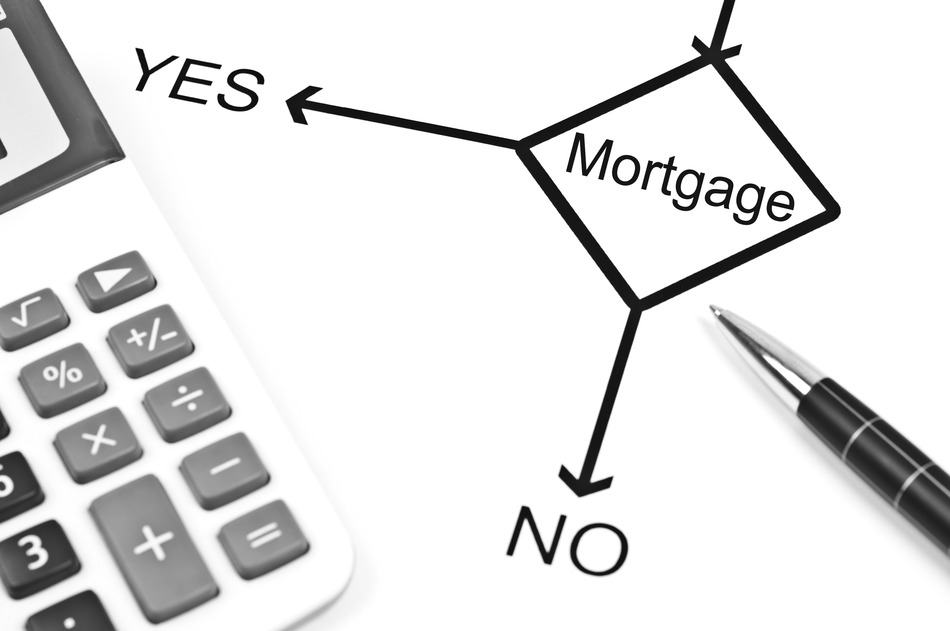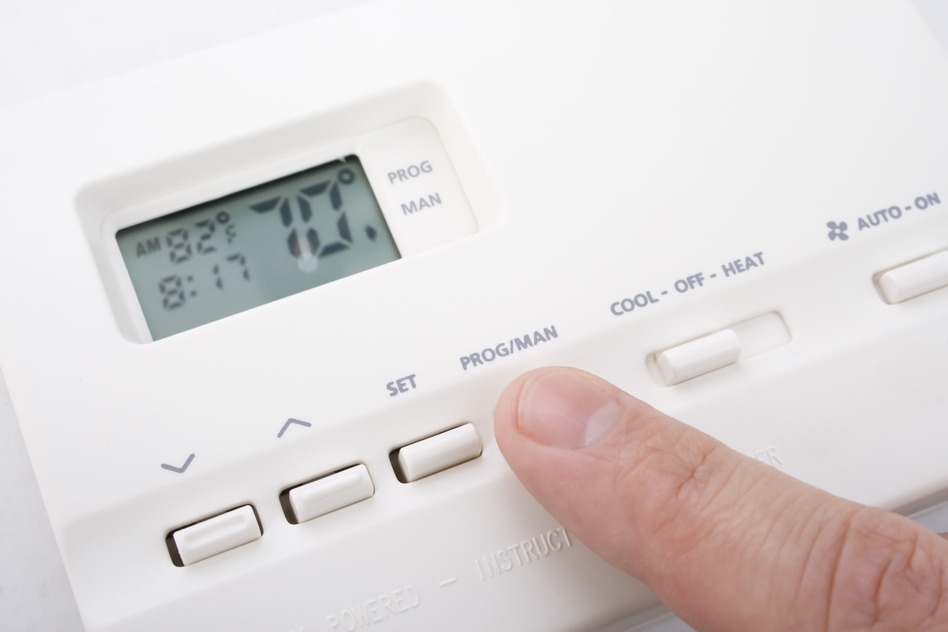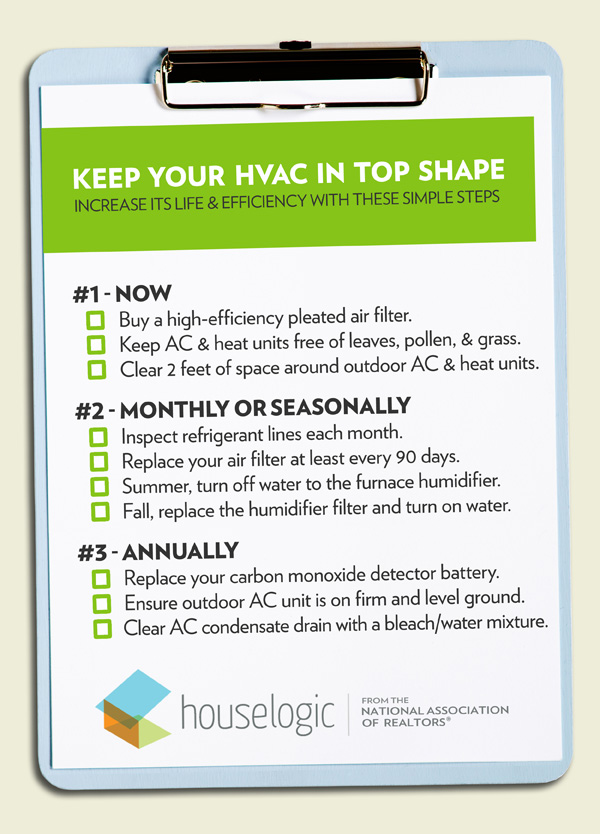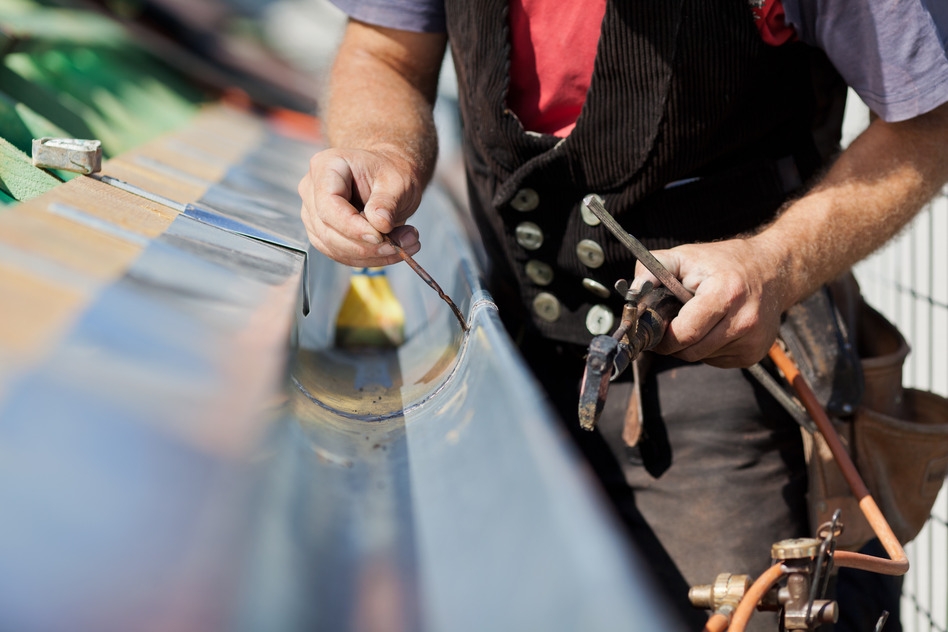The Making Home Affordable program offers at-risk homeowners a chance to modify mortgages to avoid foreclosure on their homes.
If you’re behind on mortgage payments (or about to be), which is putting you at risk of foreclosure, the Home Affordable Modification Program (HAMP) could be your lifeline.
Making Home Affordable, the federal program aimed at aiding struggling home owners, offers two options: refinancing (known as HARP) and loan modification, which this article explains.
Unlike refinancing, HAMP pays your current lender to rework your existing loan terms to lower your monthly payments.
But don’t expect to breeze through the qualifying process. You’ll need a lot of documentation and patience.
Qualifications for HAMP
- Your home must be your primary residence.
- You must owe $729,750 or less on a first mortgage that was originated on or before Jan. 1, 2009.
- You must also demonstrate financial hardship — such as a jump in mortgage payments or a drop in income.
A loan modification makes sense if you can’t afford your current mortgage payment but could manage to stay current if your monthly payment were lowered. Homes of up to four units are eligible, with higher loan limits, as long as you occupy one of the units. HAMP is scheduled to expire at the end of 2015.
If you’ve failed at a prior loan modification, you may still apply for HAMP, so don’t let an earlier bad experience deter you from applying again.
The First Steps to Getting a Loan Modification
HAMP begins with a trial phase. Contact your lender to initiate the process, or call 1-888-995-HOPE to get free assistance from a housing counselor approved by the U.S. Department of Housing and Urban Development.
The lender will calculate a lower monthly payment, which you must make on time for at least three months. After successfully completing the trial phase, your lender should make the loan modification permanent.
While lenders may accept some undocumented information up front to begin the process, eventually you’ll need to file detailed paperwork to earn a permanent modification. It’s better to get your documentation ready in advance. HAMP administrators say the leading reason trial modifications fail to be made permanent is missing paperwork. Start by gathering paperwork on:
- Your income (pay stubs)
- Expenses (mortgage statements, tax and insurance bills, debt balances)
- Assets (bank and non-retirement savings statements)
You’ll need that information to fill out the Request for Modification and Affidavit.
You also need to complete IRS form 4506T-EZ, which allows your lender to review your income tax returns.
File a Hardship Affidavit as well.
If possible, send all documents together in one package by certified mail to your lender. That will lessen the likelihood of lost paperwork and delays, says Nicole Hall, editor of LendingTree.com.
How Your Mortgage Payments Get Lowered
A lender can modify a mortgage in several ways:
- Lower your interest rate
- Reduce your principal
- Extend the term of the loan
The basic goal is to use one or more of these approaches to get your monthly mortgage payment, including real estate taxes and homeowners insurance premiums, down to a more affordable payment. Lenders are allowed to cut your interest rate to as low as 2%, if necessary. The average HAMP modification has reduced monthly payments by $546.
To get a ballpark figure of how much a modification might lower your monthly payment, run the numbers for yourself. If, for example, your current mortgage payment is $2,000 and your monthly gross income is $4,000, then you’re paying 50% of your pre-tax income toward the home loan. A typical modification to bring that figure down to 31% would reduce the payment to $1,240, a savings of $760 a month.
If You’re Already Facing Foreclosure
Even if you’re already facing foreclosure, HAMP is worth a shot. The foreclosure process is suspended while you’re in the trial phase of the modification.
Foreclosure can be avoided altogether if you can demonstrate the ability to keep up with the new, lower payment and graduate to a permanent modification. Keep in mind that the foreclosure process can resume if you miss payments during the trial phase or fail to get approved for a permanent modification.
Some owners won’t be able to stay in their homes, even with a mortgage modification. To avoid foreclosure, look into the federal Home Affordable Foreclosure Alternatives program.
HAFA offers lenders financial incentives to opt for a short sale or deed-in-lieu rather than a foreclosure. In a short sale, a borrower sells a home for less than the outstanding mortgage, and the lender takes the proceeds and considers the debt paid off. In a deed-in-lieu, the homeowner turns over the home to the lender, and the mortgage is closed. Although neither option is ideal, either can make sense if a loan modification isn’t attainable or sufficient.






